Top 10 Most Iconic D&D Monsters and How to Use Them
Updated on: 2025-12-12
If you're a Dungeon Master looking to create thrilling and unforgettable encounters, few tools are more powerful than the monsters you choose. From terrifying terrors to cunning masterminds, the most iconic D&D monsters bring flavor, fear, and story to life. This guide explores the top 10 legendary creatures in Dungeons & Dragons and offers tips on how to deploy them for maximum impact.
 1. Beholder
1. Beholder
Lore & Impact
The Beholder is one of the most alien and paranoid monsters in the game. Floating, with a giant central eye and multiple eye stalks firing rays of destruction, it’s both bizarre and deadly.
How to Use
-
Setting: Use in an underground lair with hovering platforms or anti-gravity effects.
-
Personality: Paranoid, intelligent, egotistical. Speaks in rants about betrayal and perfection.
-
Tactics:
-
Rotate eye ray usage (disintegration, petrification, etc.).
-
Use the central eye to nullify player magic (anti-magic cone).
-
Separate the party with terrain or lair actions.
-
DM Tip: Start the encounter with the Beholder observing the party through spy-eyes. Let them feel watched long before the fight begins.
2. Mind Flayer (Illithid)
Lore & Impact
Mind Flayers are cerebral horrors from the Underdark who consume brains and control minds. Their presence often signals a deeper plot.
How to Use
-
Setting: Underground colonies, ancient ruins, or arcane laboratories.
-
Personality: Calm, calculating, alien. Speaks telepathically with cold precision.
-
Tactics:
-
Use Mind Blast to incapacitate groups.
-
Pair with thralls like Grimlocks or enslaved NPCs.
-
Retreat when outnumbered to reappear later.
-
Encounter Hook: The town's mayor starts acting oddly. Secretly, he’s a thrall of a hidden Mind Flayer.
3. Ancient Dragon
Lore & Impact
Dragons are the namesake of Dungeons & Dragons. Each color/type brings unique abilities and personalities (Red = Fire and Greed, Blue = Lightning and Order, etc.).
How to Use
-
Setting: Mountain lairs, volcanoes, or icy wastelands.
-
Personality: Arrogant, ancient, regal. Often seeks tribute.
-
Tactics:
-
Use breath weapon wisely (start or end of rounds).
-
Take to the skies—use flight to create movement challenges.
-
Layer lair actions and legendary actions for dynamic pacing.
-
DM Tip: Let the dragon negotiate or test the party first, combat should feel like the consequence of failure, not the first option.
4. Lich
Lore & Impact
Liches are undead spellcasters who achieved immortality through dark magic. They’re brilliant, cruel, and manipulative.
How to Use
-
Setting: Desecrated temples, ancient libraries, haunted castles.
-
Personality: Formal, disdainful, obsessed with arcane perfection.
-
Tactics:
-
Use prepared spells and lair traps.
-
Retreat via teleportation if needed.
-
Tie the phylactery into the quest, killing the Lich isn’t the end.
-
Story Hook: A mysterious benefactor hires the party. He’s actually the Lich testing their usefulness.
5. Demogorgon (Demon Lord)
Lore & Impact
The Prince of Demons is chaos incarnate. With two heads and writhing tentacles, the Demogorgon is a force of destruction.
How to Use
-
Setting: Abyssal rifts, collapsing cities, war-torn battlefields.
-
Personality: Dual-minded, unstable, volatile.
-
Tactics:
-
Mix brute force with madness-inducing effects.
-
Change strategies mid-fight to represent head conflict.
-
Warp reality with lair actions.
-
DM Tip: Build up to this encounter with cultists and madness effects over several sessions.
6. Vampire
Lore & Impact
Vampires are elegant, charismatic predators. Great for gothic or horror-themed campaigns.
How to Use
-
Setting: Castles, aristocratic balls, remote villages.
-
Personality: Charming, tragic, predatory.
-
Tactics:
-
Use charm abilities on key NPCs.
-
Regenerate damage unless attacked with radiant or holy water.
-
Shape-shift to escape or spy.
-
Encounter Suggestion: The players attend a masquerade ball, hosted by the vampire.
7. Tarrasque
Lore & Impact
The Tarrasque is the ultimate kaiju. Near-invulnerable and immensely destructive.
How to Use
-
Setting: Destroyed cities, open plains, or desperate last stands.
-
Personality: Animalistic, relentless.
-
Tactics:
-
Charge, bite, and tail sweep to scatter parties.
-
Reflect spells and regenerate damage.
-
Terrain should crumble and react to its presence.
-
DM Tip: Don’t use the Tarrasque randomly. It should feel like a world-ending event.
8. Gelatinous Cube
Lore & Impact
This silent killer slides through dungeon corridors, absorbing anything it touches. It's iconic for its simplicity and surprise factor.
How to Use
-
Setting: Dungeons, tight corridors, or puzzle mazes.
-
Personality: None. It’s a mobile stomach.
-
Tactics:
-
Surprise players with a transparent ambush.
-
Trap players in narrow hallways.
-
Absorb gear and NPCs for horror.
-
Fun Encounter Idea: The party sees floating loot in the air. It's inside a nearly invisible Cube.
9. Banshee
Lore & Impact
Banshees are ghostly undead who died in grief or rage. Their wails can instantly drop players to 0 HP.
How to Use
-
Setting: Cursed woods, abandoned mansions, fog-filled moors.
-
Personality: Wailing, despairing, vengeful.
-
Tactics:
-
Use Wail early in combat.
-
Phase through walls for horror.
-
Hit and run tactics with incorporeal movement.
-
Story Hook: Local villagers report crying in the night, followed by sudden death.
10. Aboleth
Lore & Impact
These ancient, aquatic horrors predate the gods and have perfect memory. They manipulate civilizations from the shadows.
How to Use
-
Setting: Submerged ruins, flooded cities, or deep lakes.
-
Personality: Arrogant, ancient, philosophical.
-
Tactics:
-
Control minds from afar.
-
Create lair conditions with polluted, slimy water.
-
Use minions like kuo-toa or enslaved cultists.
-
Narration Cue: “As your torchlight flickers across the underground pool, a voice echoes, not in sound, but in thought, ‘You are late to the awakening...’”
Final Tips for DMs
-
Foreshadow iconic D&D monsters: Drop hints, lore, or rumors before the reveal.
-
Use lair actions: These add dynamism to fights and reflect the monster’s domain.
-
Roleplay with flavor: Legendary monsters deserve legendary voices and motives.
-
Balance the threat: Use terrain, minions, or countdown timers to add tension and avoid unfair TPKs.
Conclusion
The best Dungeons and Dragons creatures aren’t just bags of hit points, they’re legendary forces that can reshape your campaign. Whether it’s a dragon’s burning wrath or a Mind Flayer’s chilling whisper, each monster holds the potential to become a campaign-defining moment. Use this D&D monster guide for DMs as your blueprint for unforgettable encounters.
Ready to bring these legendary monsters to life at your table? Upgrade your encounters with the perfect dice to match the drama. From arcane rolls to monstrous crits, find your next favorite set at Runic Dice, where epic encounters begin with every roll.
What’s your favorite iconic monster to run in a session? Share it in the comments and let your fellow DMs in on your secrets!
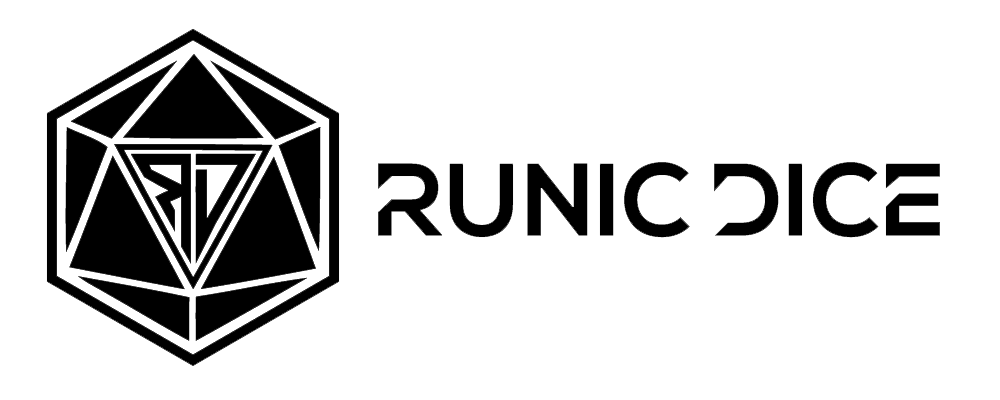

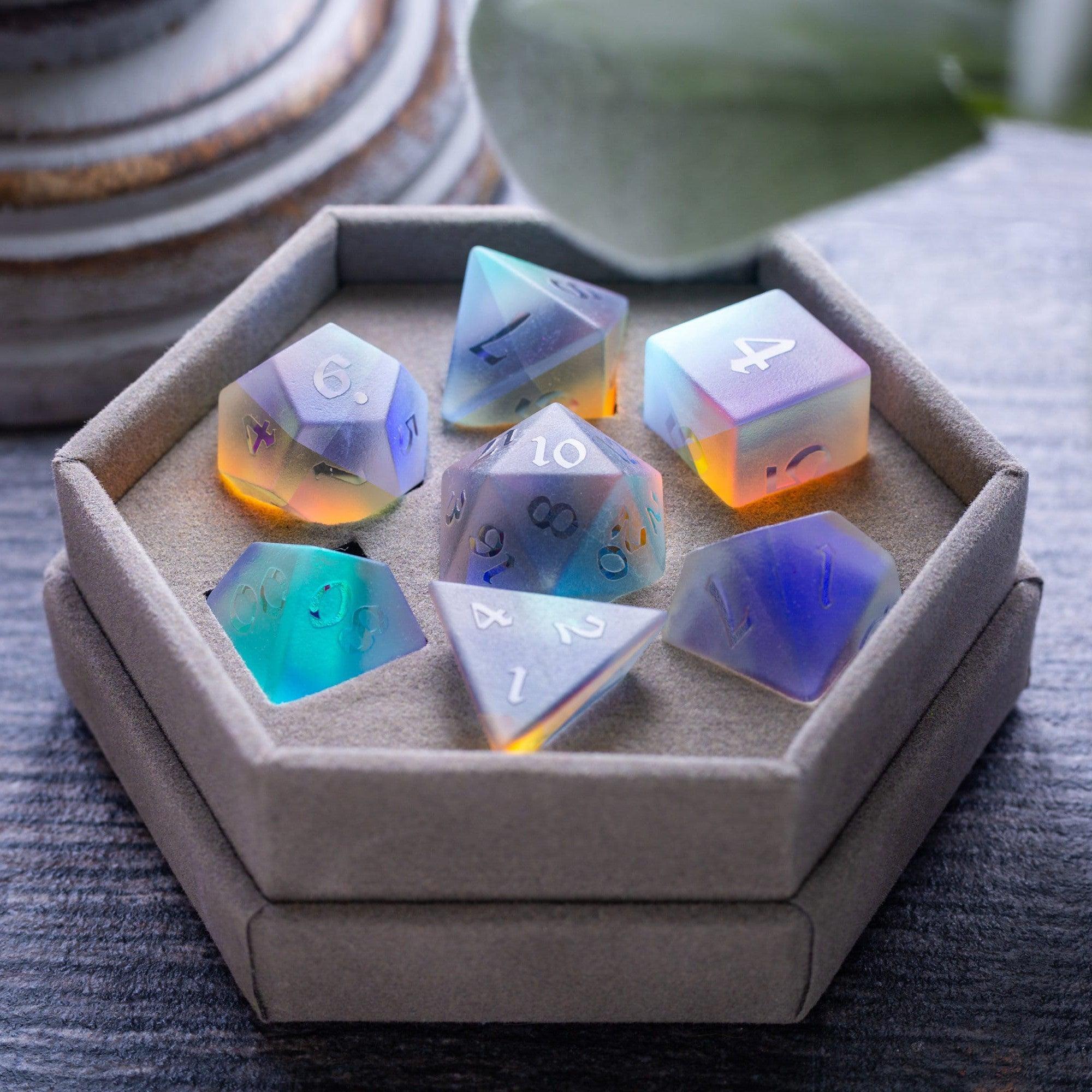
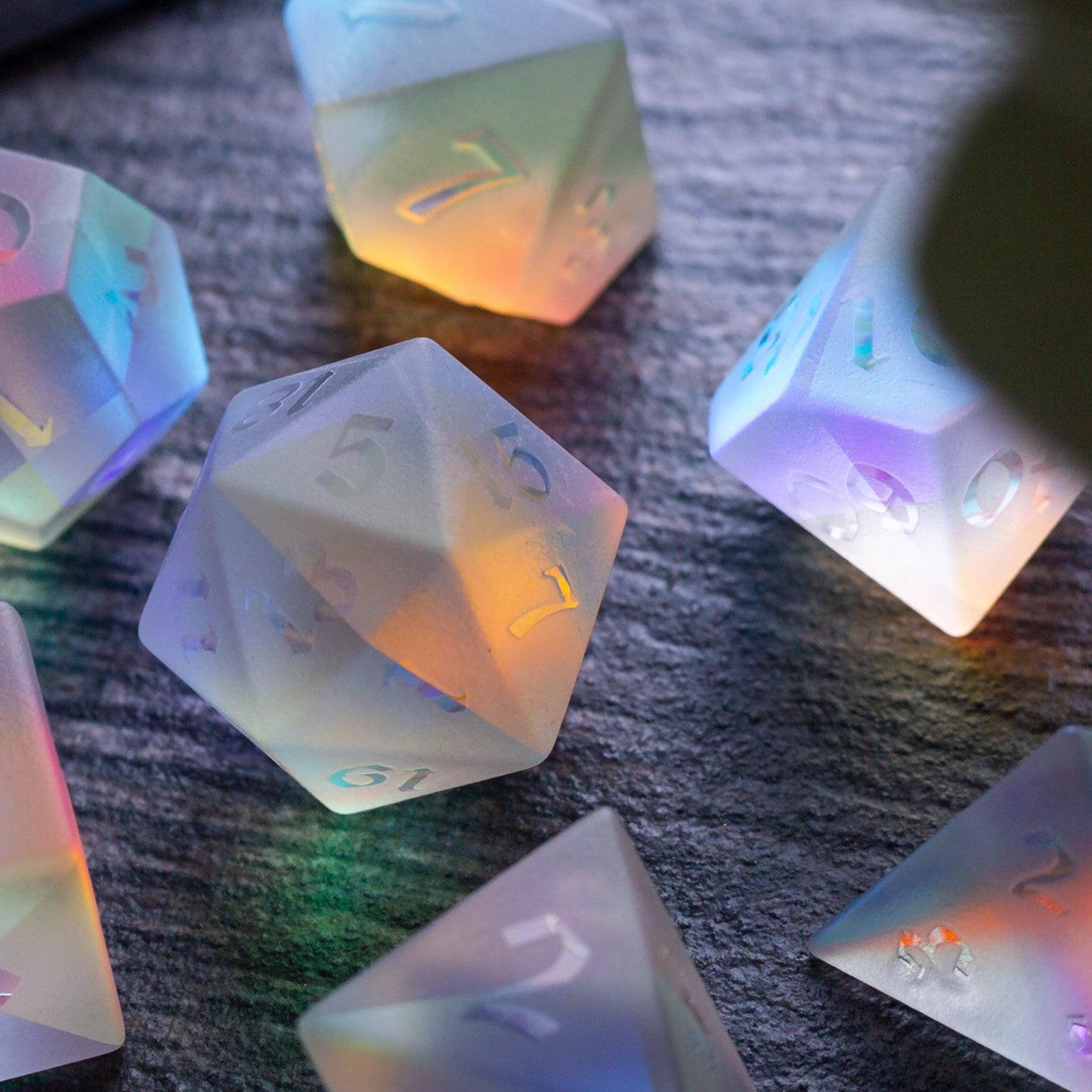
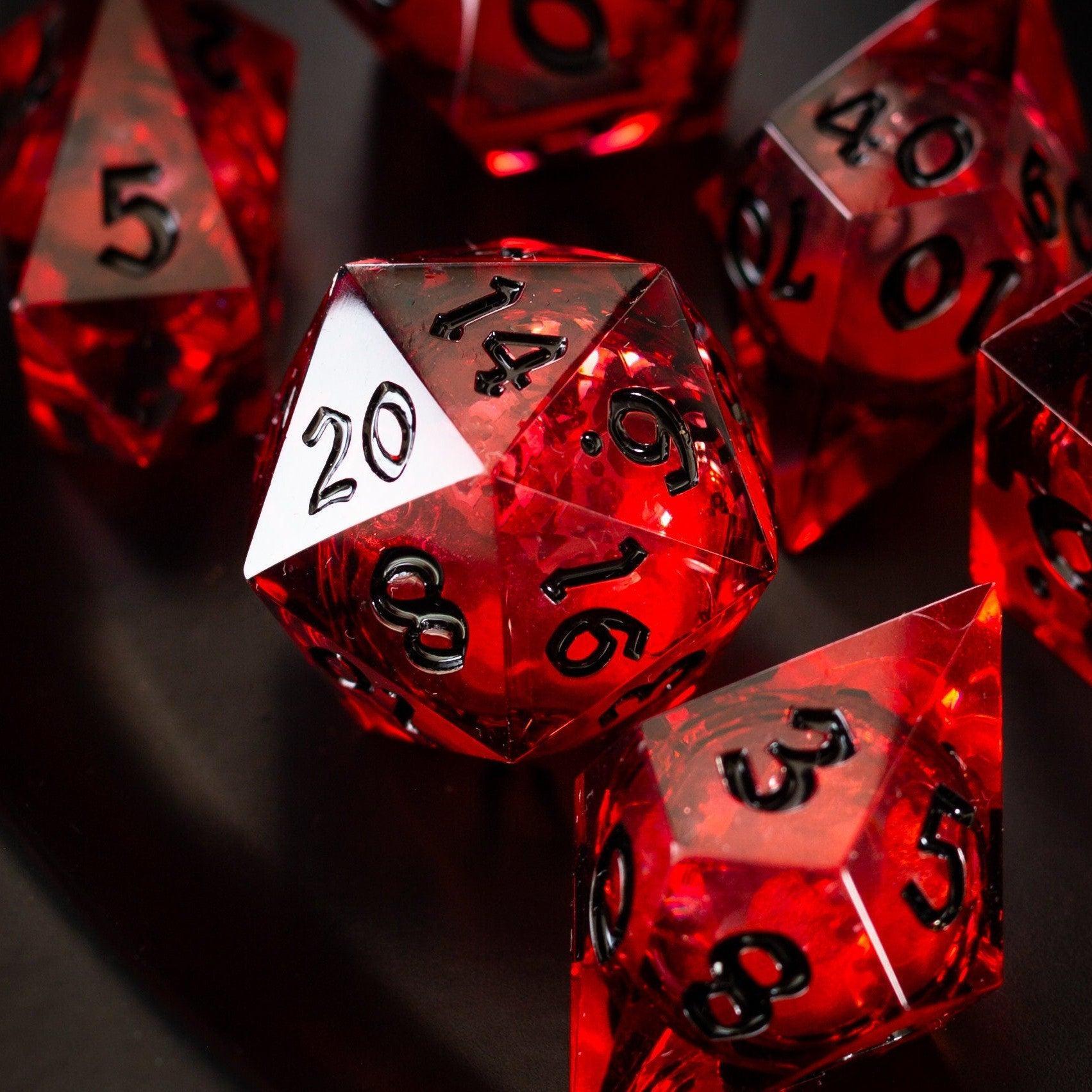
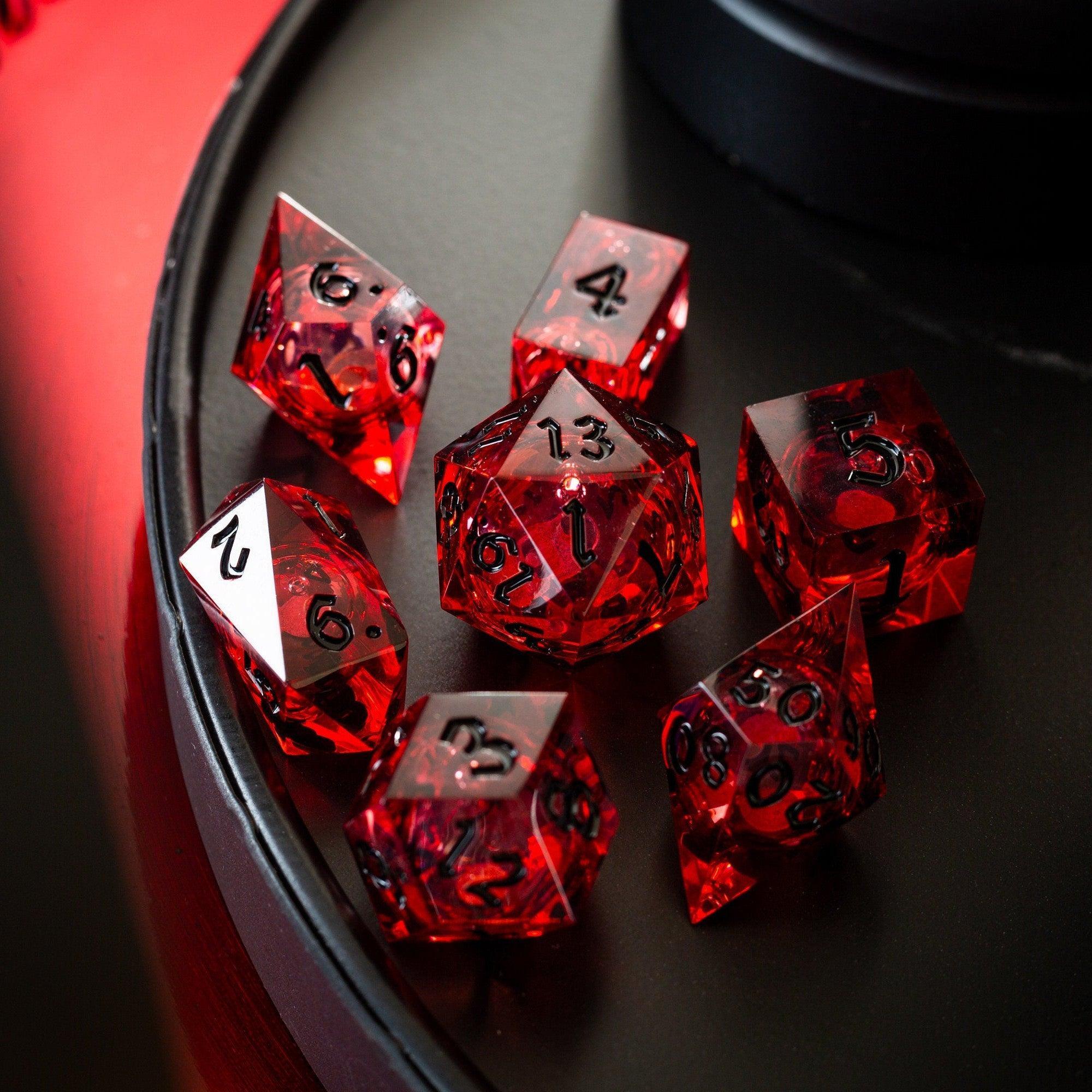
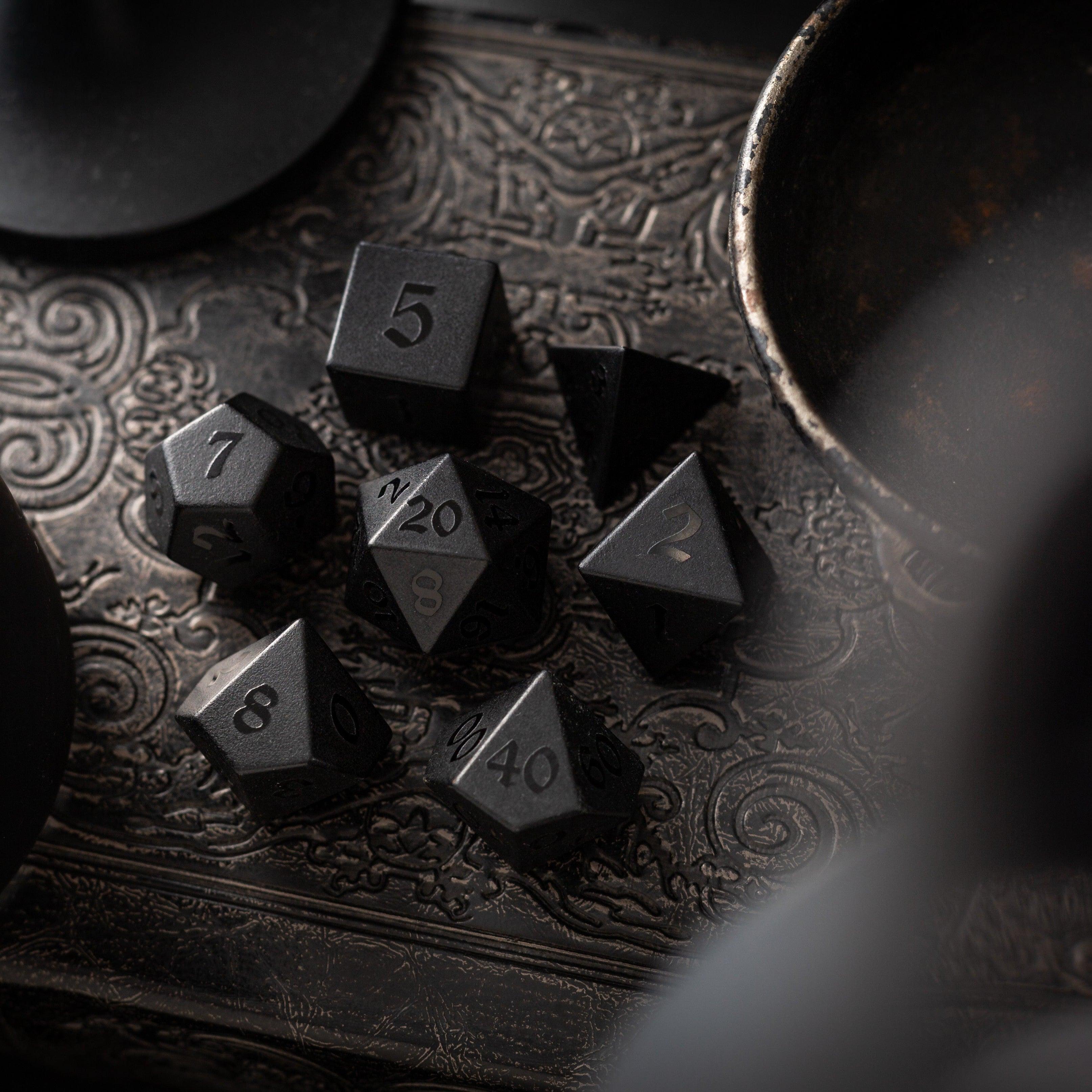
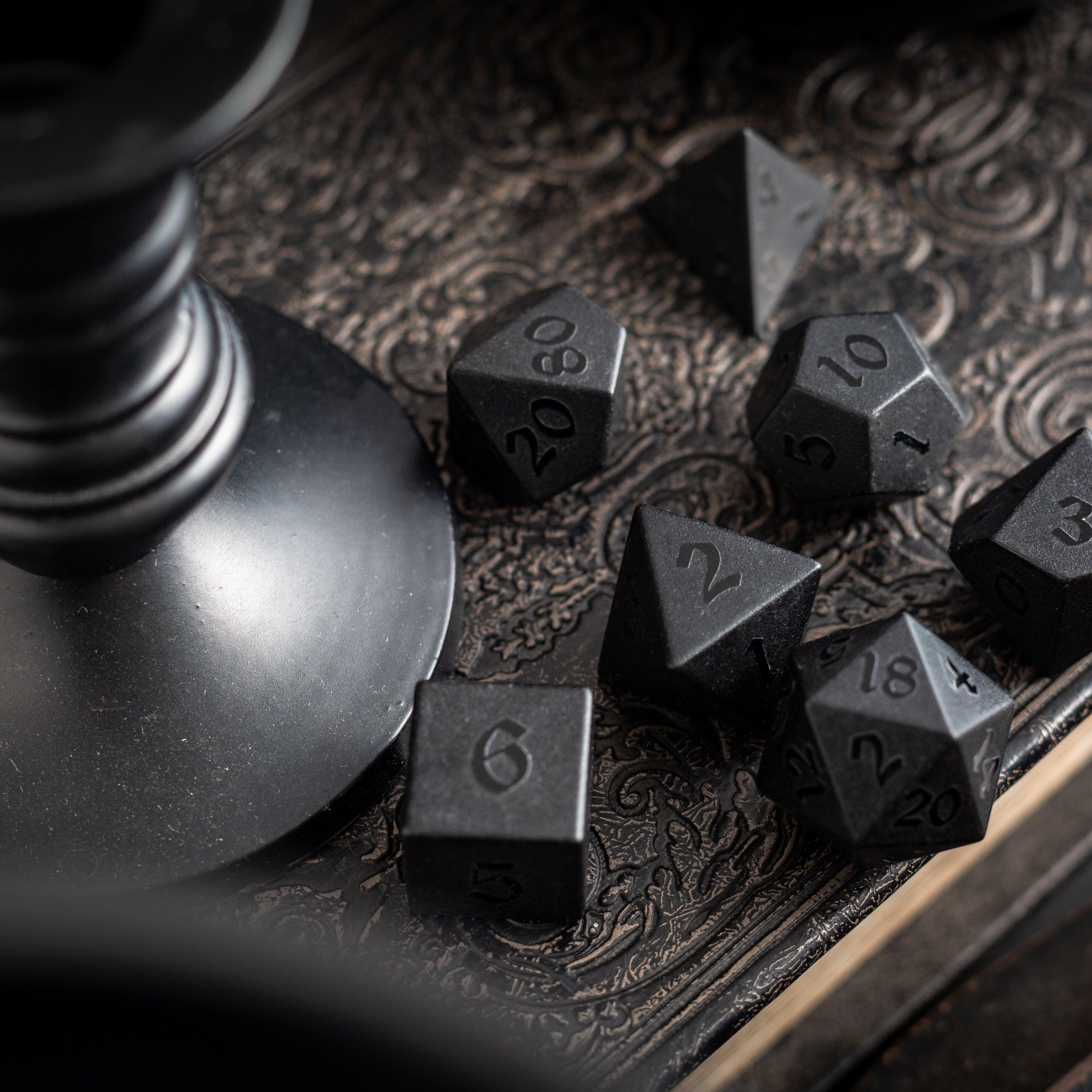
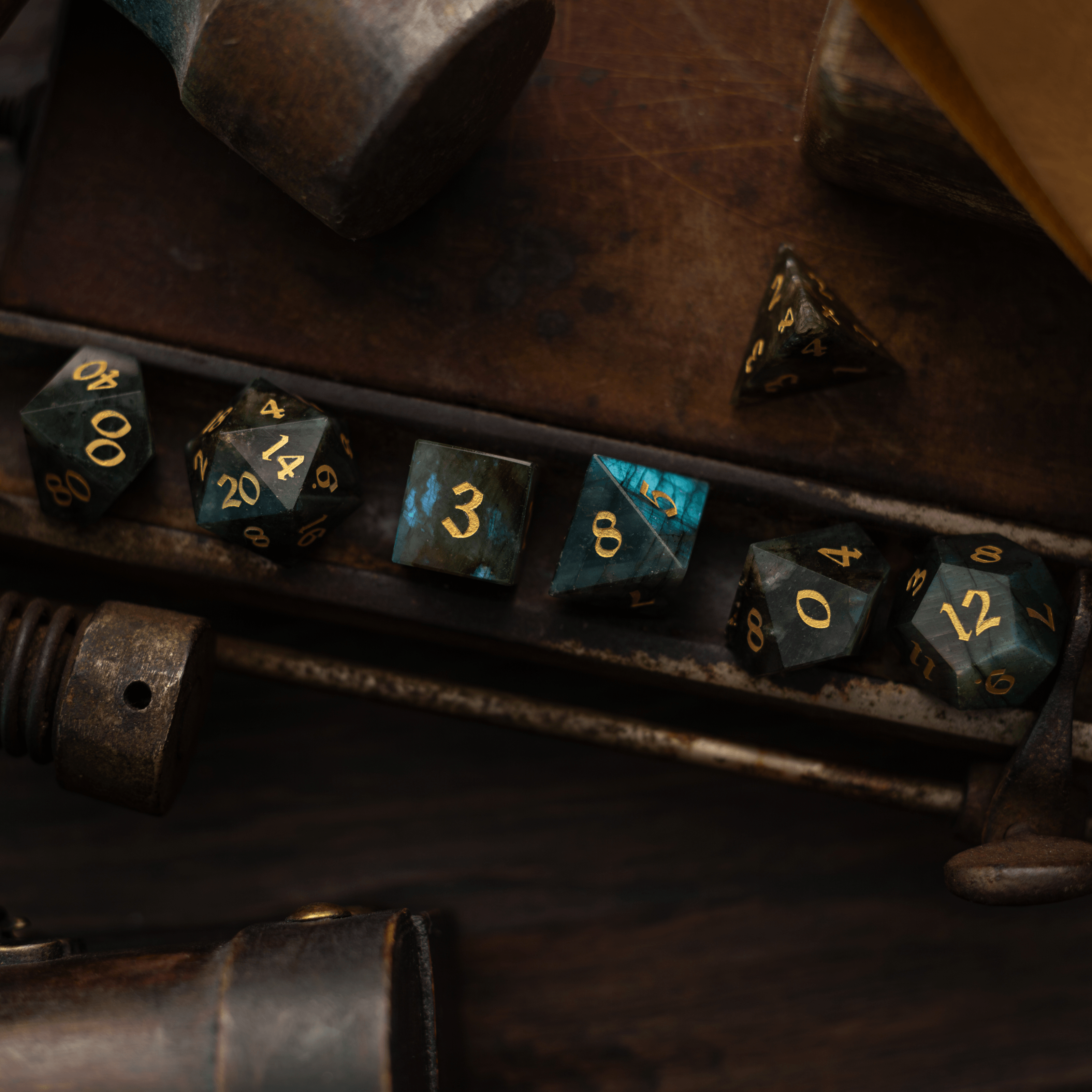
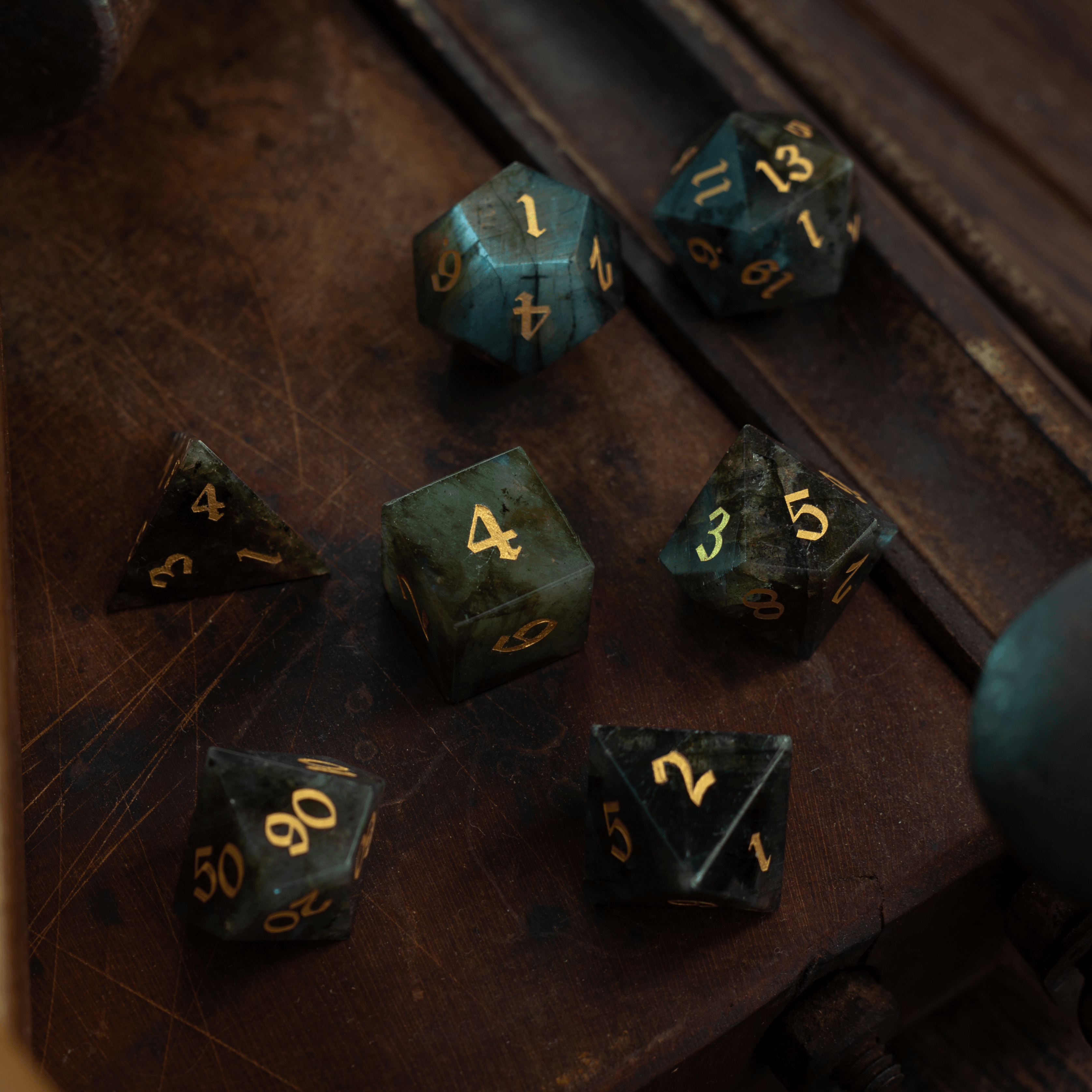
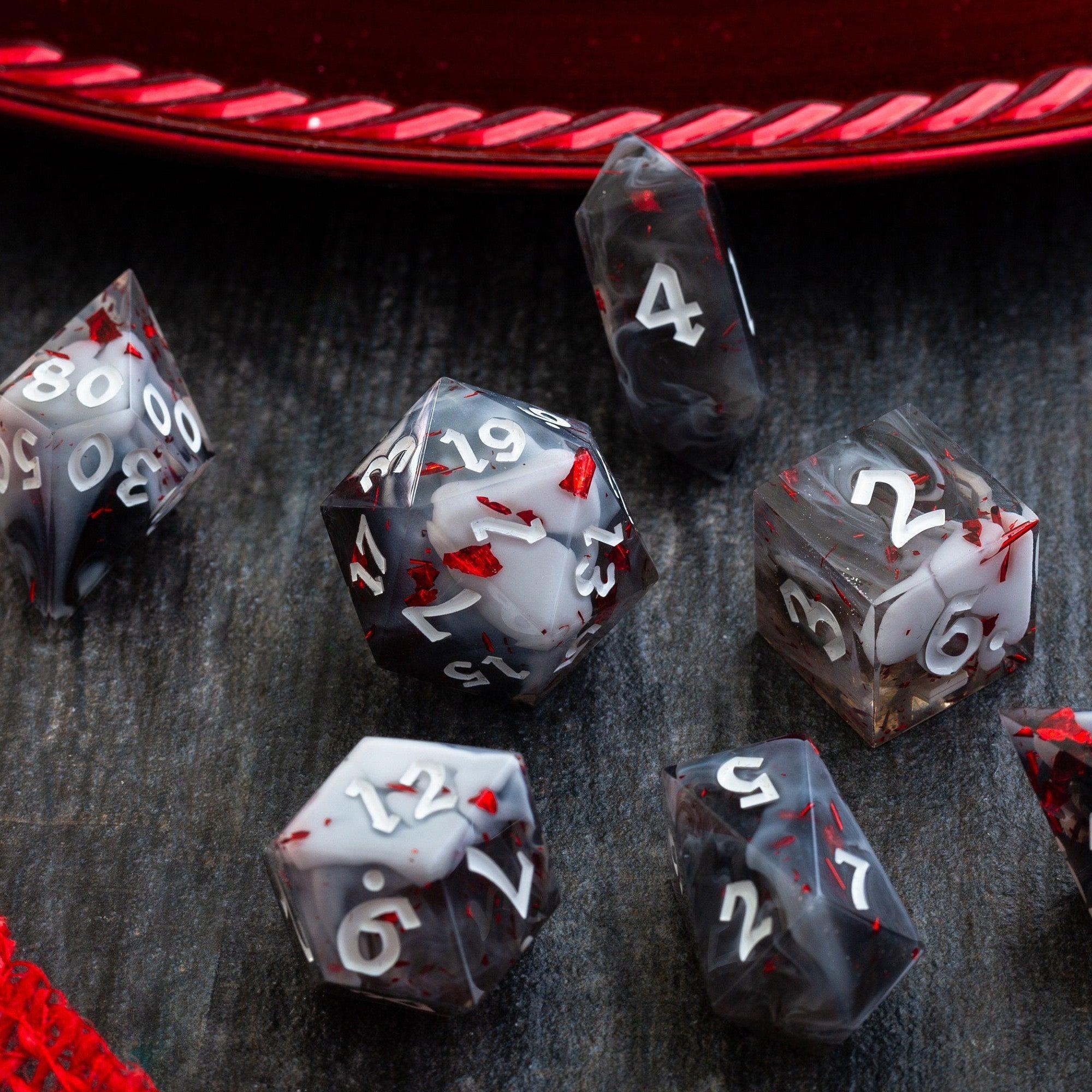
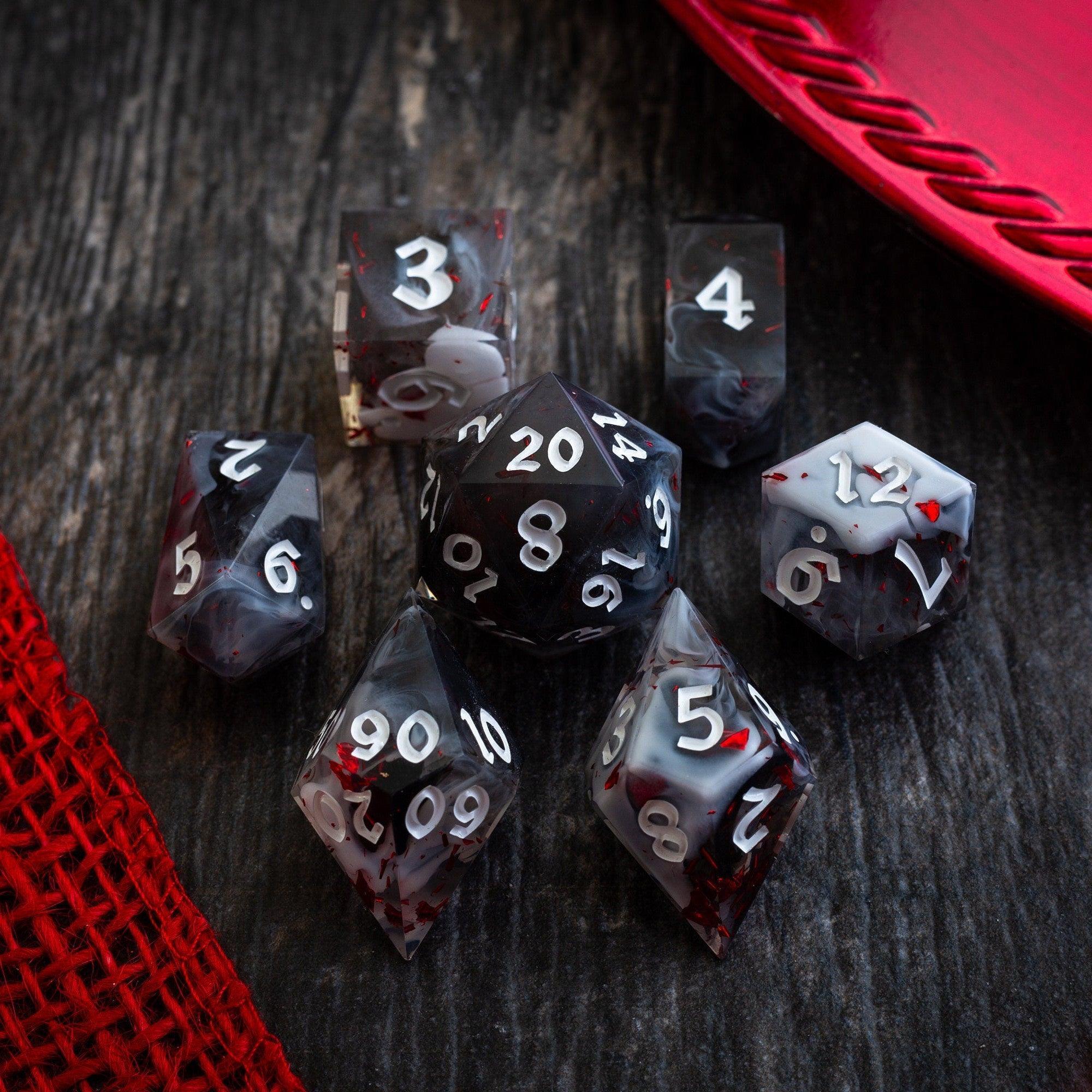
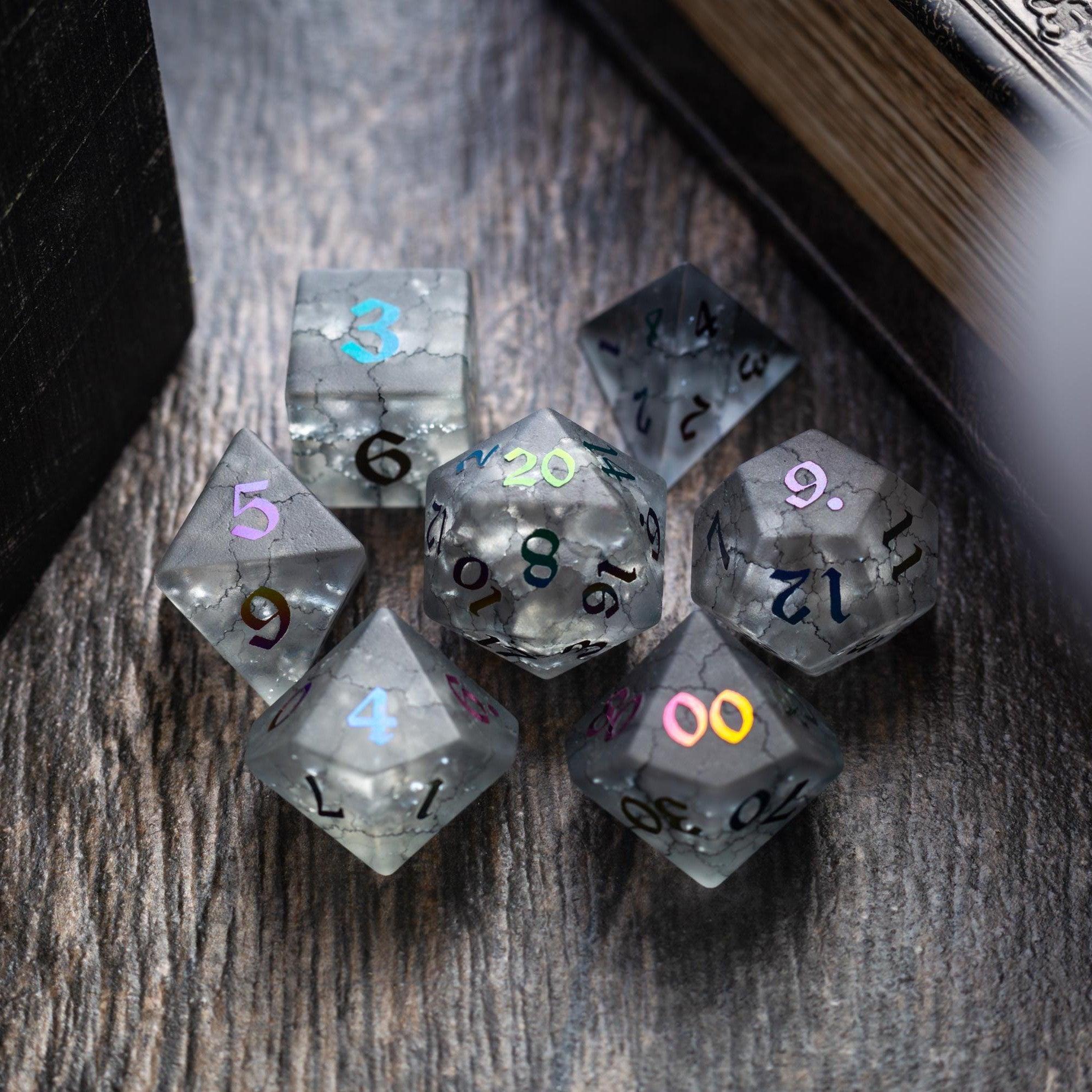
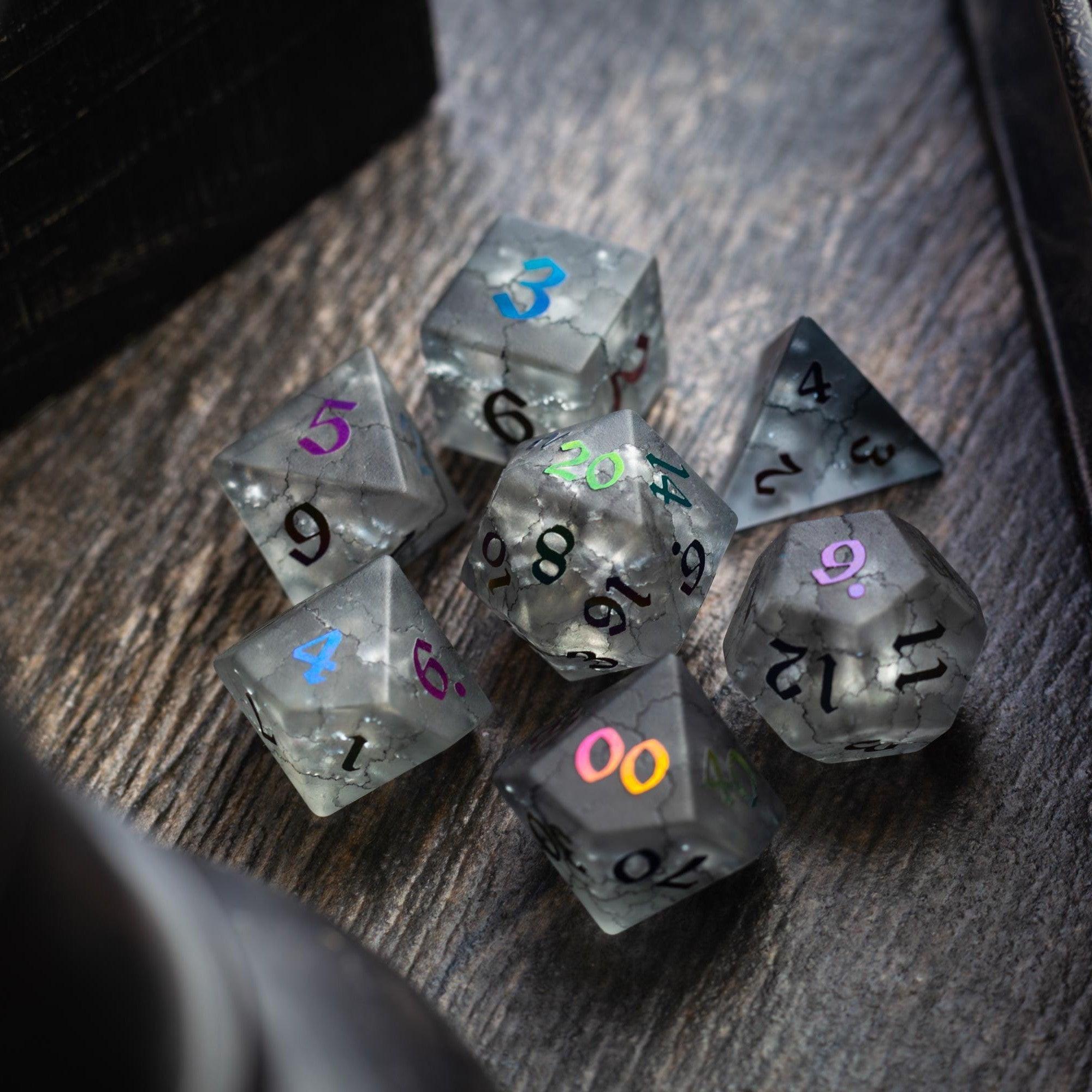
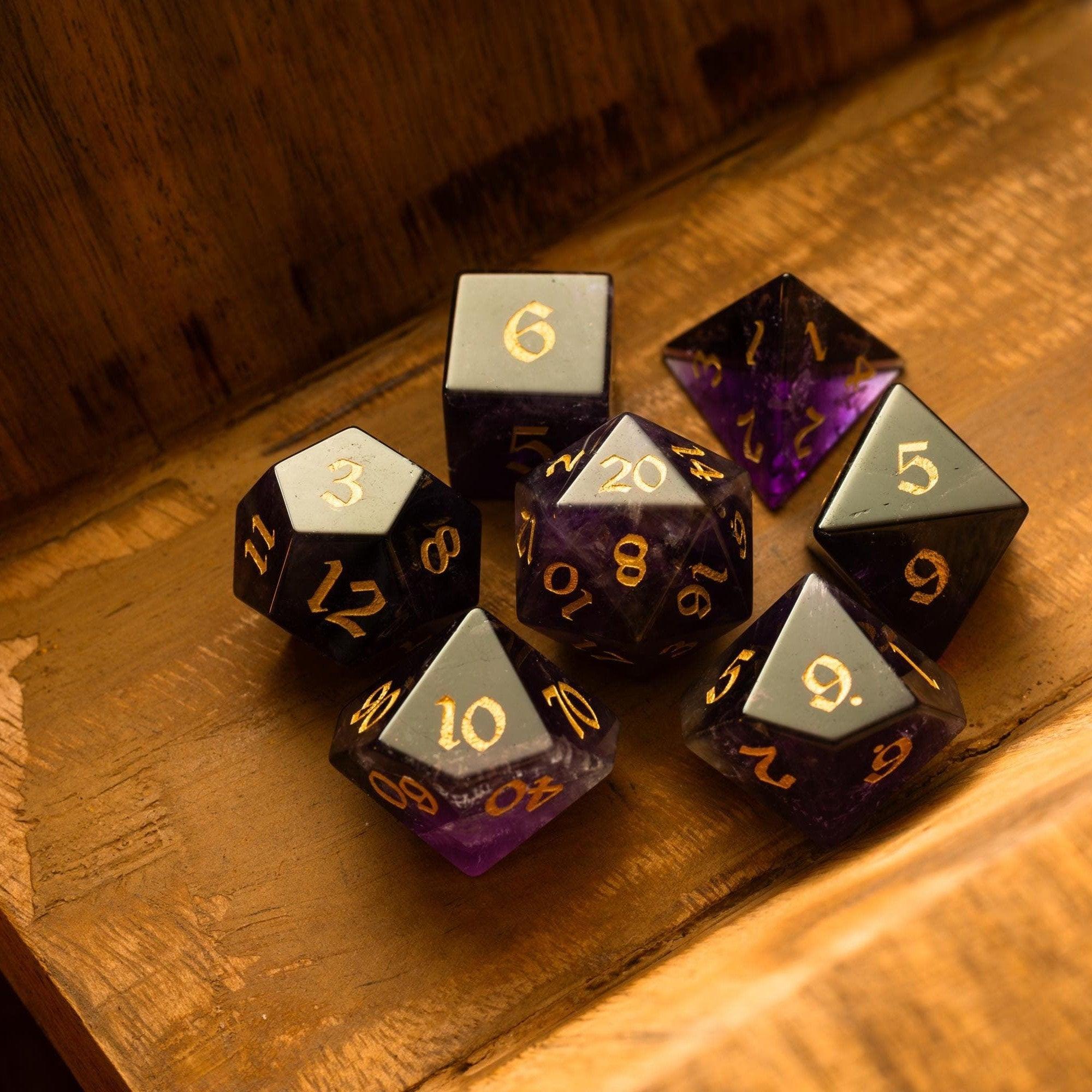
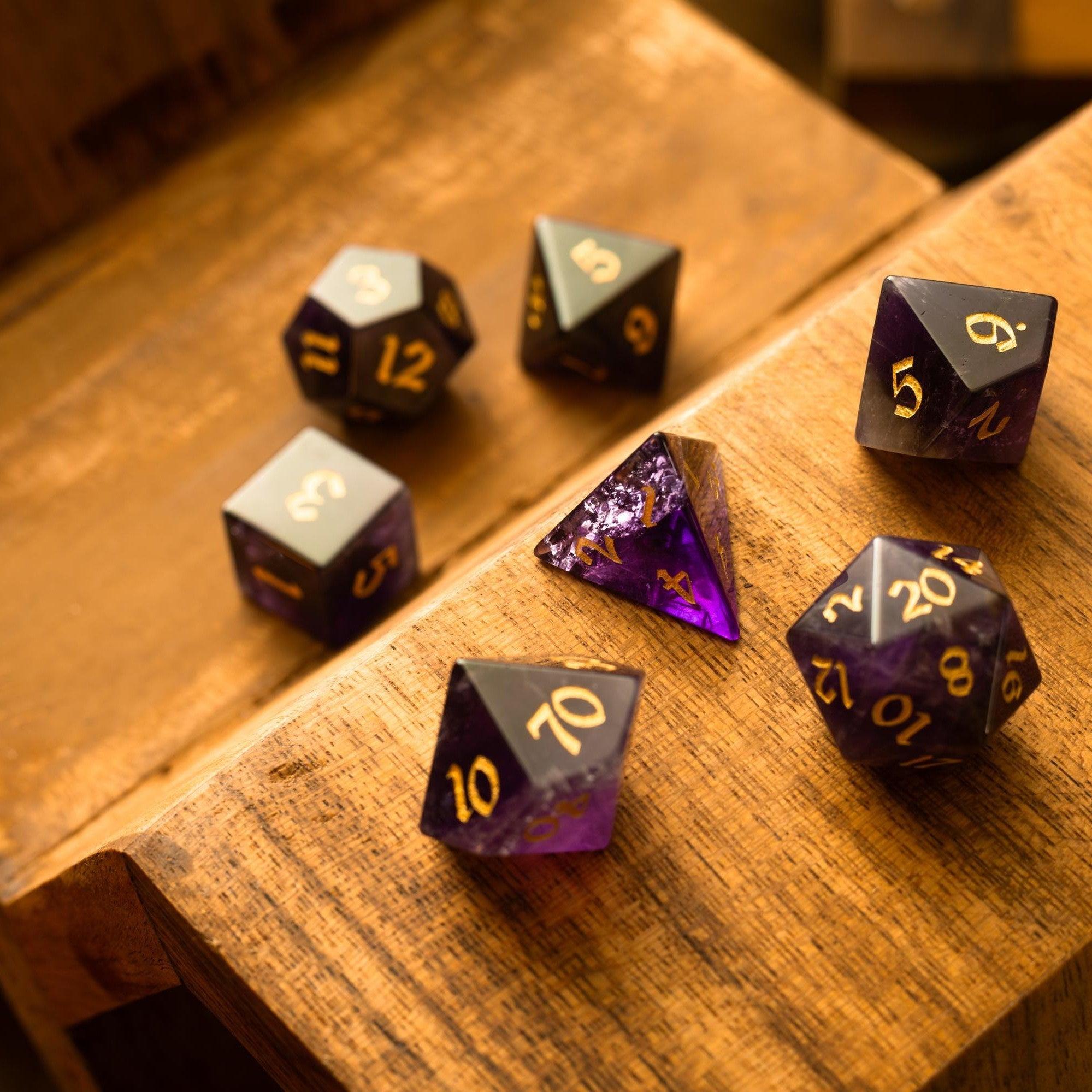
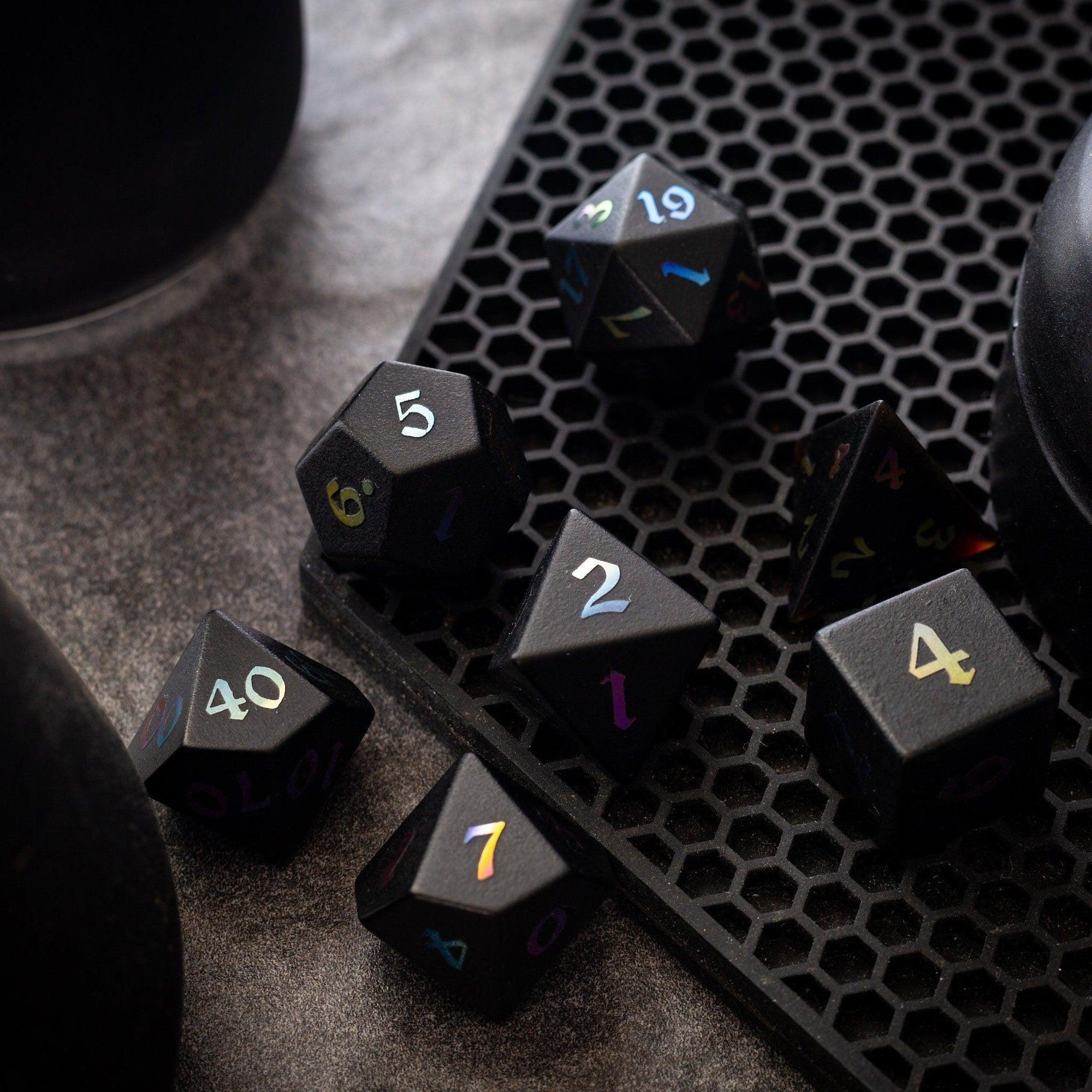
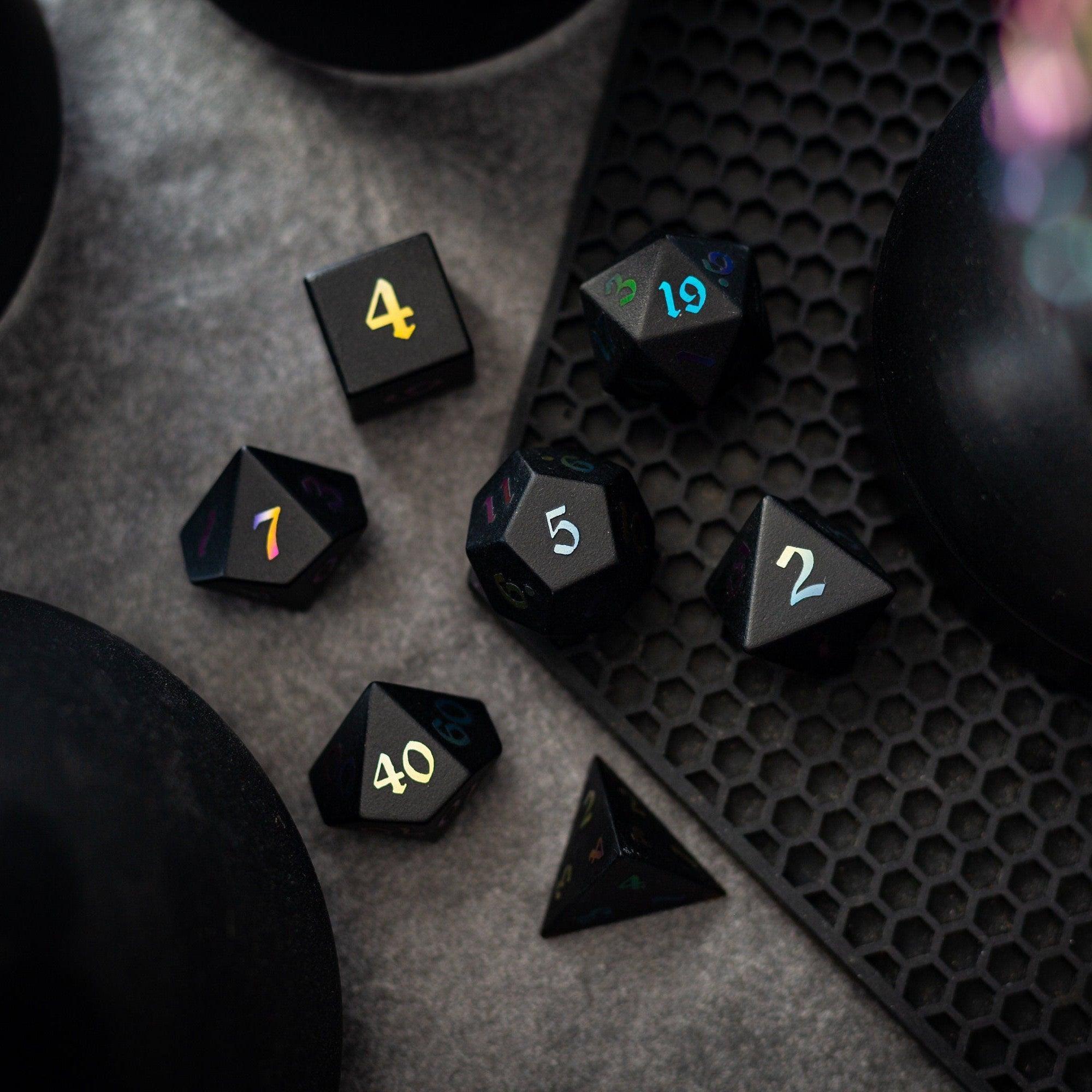
Leave a comment
This site is protected by hCaptcha and the hCaptcha Privacy Policy and Terms of Service apply.